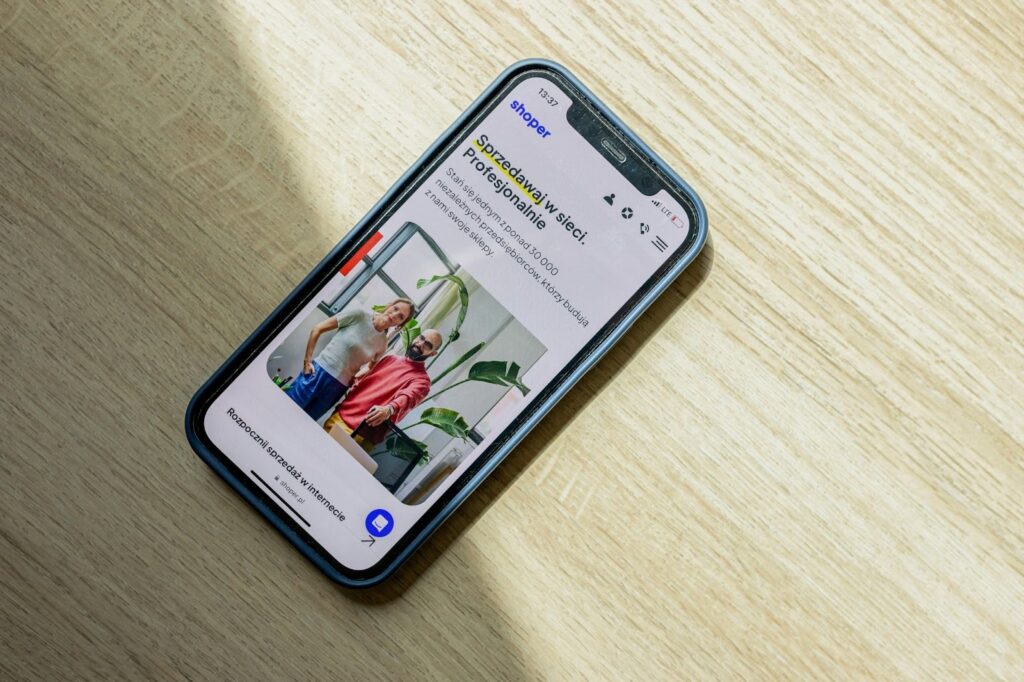In today’s digital world, more than 60% of all web traffic comes from mobile devices. That means your potential clients aren’t just checking your business from their desktop—they’re scrolling on their phones during school pick-ups, coffee runs, or quick breaks between meetings.
If your site isn’t designed with mobile-first design in mind, you’re likely losing leads, sales, and trust.

What Is Mobile-First Design?
Mobile-first design is an approach that starts with designing your website for mobile screens first, then expands to tablets and desktops.
Instead of shrinking a desktop site to fit a phone, you prioritize what mobile visitors care about most:
- Simple layouts
- Clear navigation
- Fast loading times
- Tap-friendly buttons
This isn’t just a design preference—it’s an SEO necessity. Google now uses mobile-first indexing, meaning the mobile version of your site determines how you rank in search results. A clunky or incomplete mobile site can directly hurt your visibility online.

Why Mobile-First Design Matters for Your Business Website
A polished, mobile-optimized site impacts your bottom line in more ways than one:
- Boosts SEO rankings – Google rewards mobile-friendly websites.
- Improves user experience – Visitors stay longer when your site is easy to use.
- Increases conversions – Clients are more likely to book, buy, or sign up when mobile navigation is effortless.
- Builds credibility – A smooth mobile site shows professionalism and reliability.
Picture this: someone finds your coaching business on Instagram. She clicks the link in your bio. If your site loads slowly, the text is tiny, or the buttons don’t work, chances are she’ll close the tab—and never come back.
Common Mobile Design Mistakes to Avoid
Even with the best intentions, many businesses make these errors:
- Heavy, uncompressed images that slow down load speed.
- Hiding important content or CTAs on mobile.
- Small text and buttons that are hard to read or tap.
- Ignoring accessibility standards (contrast, readability, spacing).
- Not testing on multiple devices.

Best Practices for Mobile-First Website Design
Here’s how to get it right:
- Prioritize key content – Place your headline, offer, and CTA above the fold.
- Keep navigation simple – Use clear menus and minimal clicks.
- Optimize site speed – Compress images, reduce code, and use caching.
- Design for thumbs – Buttons and forms should be easy to tap.
- Test often – Use Google’s Mobile-Friendly Test and check your site across devices.
Looking Ahead: The Future of Mobile Design
Mobile-first isn’t going away—it’s the foundation of web design moving forward. Trends like voice search, progressive web apps (PWAs), and even foldable devices will only strengthen the need for websites that prioritize mobile usability.

Your website is often the very first impression a client has of your business. By adopting a mobile-first design strategy, you’re showing visitors that you value their time, care about their experience, and take your business seriously.Ready to see how your website measures up? Book a mobile-first website audit or schedule a strategy call today to start converting mobile visitors into paying clients.

View comments
+ Leave a comment